
Last Updated: 10:15 a.m.
A house at 17 Selborne Path in Palm Coast’s Seminole Woods was fully engulfed in flames this morning, and keeping even emergency responders at some distance as explosions roiled the structure’s interior–whether from propane tanks or ammunition was not clear as the fire raged.
At 8:30 this morning flames were still visible across what remained of the house’s roof and at the side of the house as firefighters poured water high up from a ladder truck, ashen-gray smoke billowing from the house.
The fire had actually started overnight, after midnight, drawing the response of half a dozen units from Flagler County, Palm Coast and Flagler Beach. The occupants of the house were asleep. They were woken up by a fire alarm, and evacuated.
The fire was thought to have been under control. But it was not, as it flared up again around 7:15 this morning, what Palm Coast Fire Chief Jerry Forte described as a “rekindle.”
There are no injuries. No one was in the residence, nor were pets. Firefighters reported a large propane tank on the side of the house. The homeowners were at someone else’s house, having vacated the house during the fire overnight, which was reported at 2 a.m. The call was reopened at 7:40 a.m. as flames were again visible.
House numbers 5 through 18 on Selborne were blocked off to traffic.
A Flagler County Sheriff’s spokesperson said the fire was at 17 Selborne Path–a 2,000-square foot house built in 2018, valued this year at just under $200,000, according to the property appraiser. It is owned by Chad Raymond.
Command of the scene had shifted. Palm Coast Fire Capt. James Neuenfeldt was in command in the morning.
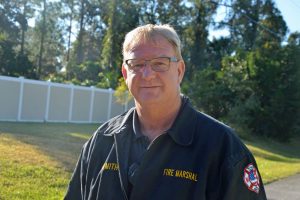
That operation took between 60 and 90 minutes. The county fire marshal came out, as did the state fire marshal, to investigate.
Flagler County Fire Marshal Jerry Smith said the fire “originated in the garage and went up into the attic.” A Flagler County Sheriff’s deputy first on scene in the night fire noted charring on both garage doors at about a height of 6 feet. “When the crews went in, they went in to attack the garage,” Smith said. “When they opened up the garage, the smoke raised up and they realized that the fire was above them in the attic, at that point. They did a very good knock-down, a very good stop on it. They did pull drywall in the living room area as well as in the garage, and they poked a couple of inspection holes in the bedrooms–all three bedrooms and the bathroom. I went in, did the initial inspection, called for the state. The state came out, and he did his walkthrough and walkaround,a nd we both determined the same thing.”
The fire had originated in the garage in a cabinet, in a charging bank, Smith said. “Ion-lithium battery and a surge protector that shorted out,” he said. “That’s what he was using for his charging station, his blower, his cordless drills, his cordless impact wrench, his cordless lawn trimmer.”
Smith cleared the scene at 6:30 a.m., the state fire marshal cleared at 6:45, smith said. Then the morning call came out at 7:40 a.m. The cause of the morning fire–the “rekindle” is undetermined.
“I haven’t had a chance to go back in there to look around to see if the fire was just in the roof area, and what has burnt down in the floor is drop-down, or if there is reason to think that it came from the floor up,” Smith said.
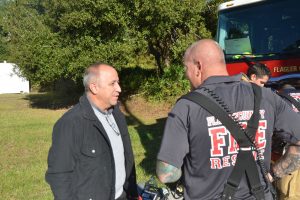
Two cars in the garage were also destroyed.
As for the explosions: Neuenfeldt the cars in the garage had “compressed gas cylinders like struts and liftgates, so those pop when they get hot, tires would create explosions, the fuel tanks could create small explosions and pops–not like you see in the movies–so that’s what we expect,” he said. “I know there was some firearms and ammunition inside,” and some of that ammunition went off. “It ignited, it went off, it started popping, but you’re not going to get loud explosions from that. It’s going to be like firecrackers going off, so the compressed cylinders is what we believe the louder explosions were,” Neuenfeldt said. The propane tank on the side of the house was not damaged.
“When a bullet is in a fire and it’s not in a chamber, the bullet doesn’t go anywhere,” Forte said. “The bullet stays where it’s at and the cap goes off the back, so it sounds bad, but in actuality it doesn’t have the staypower that a bullet is going to need.”
![]()
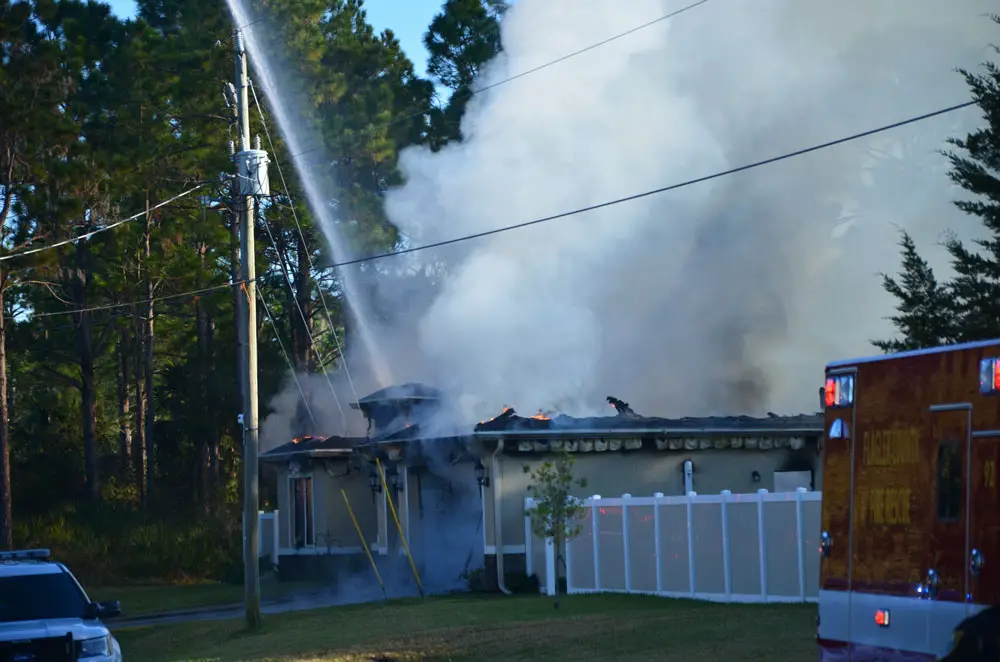
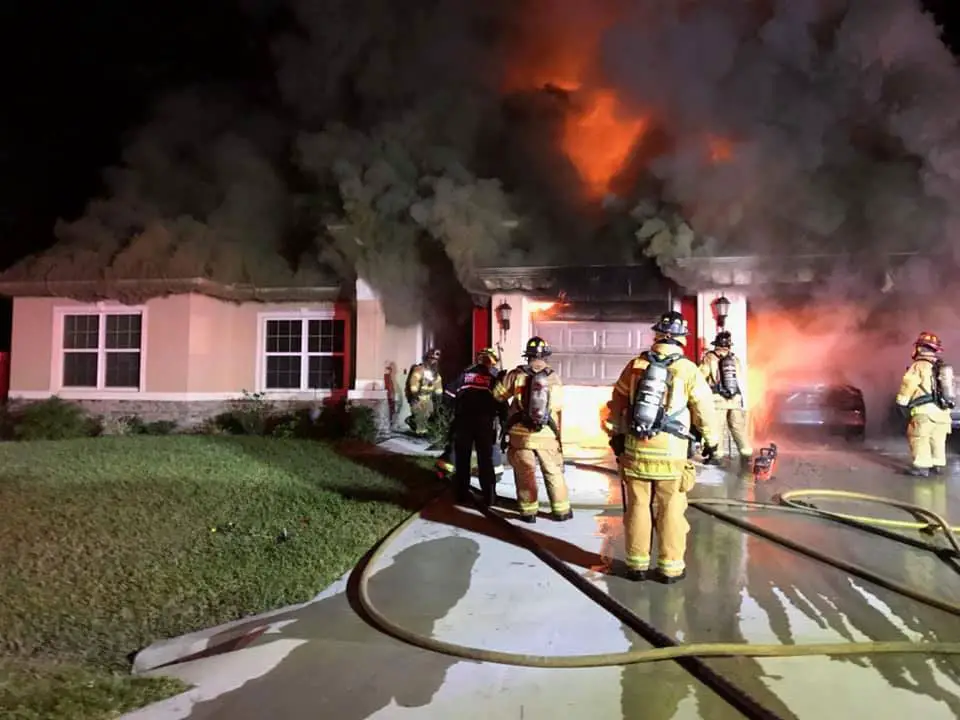
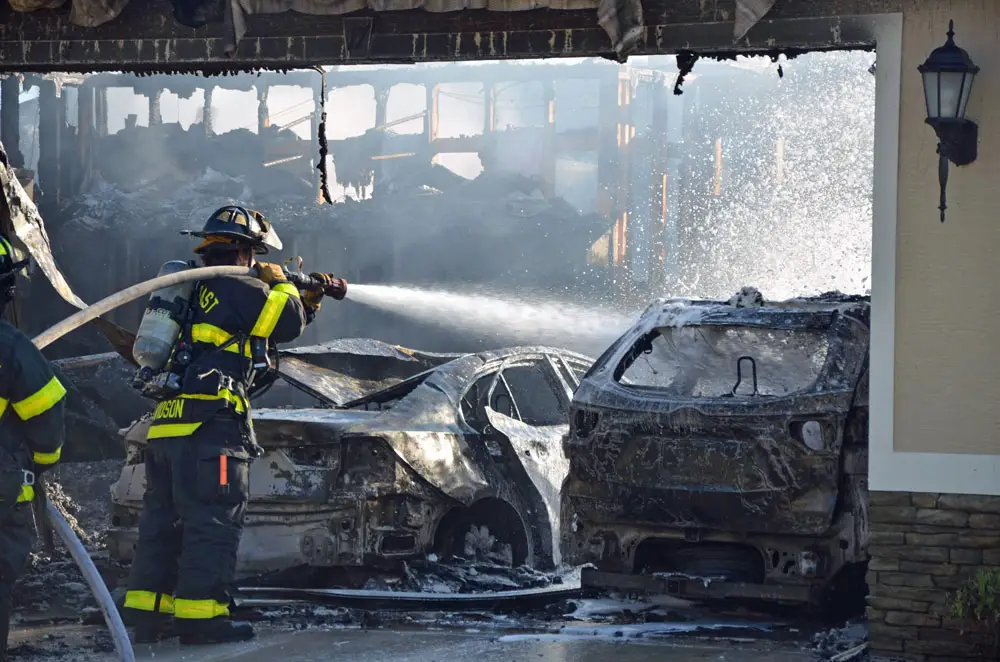
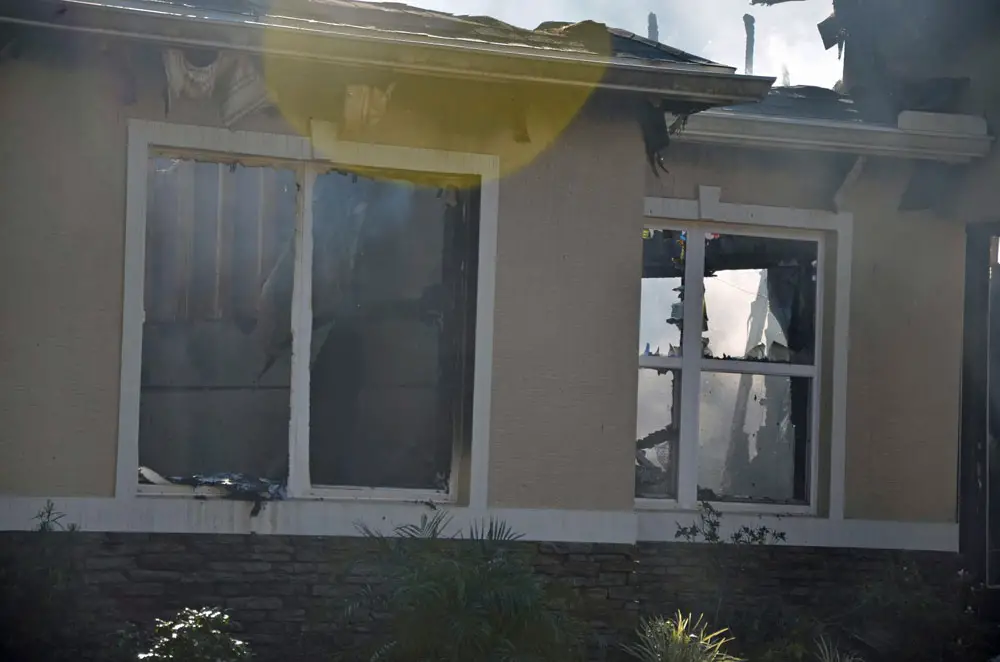
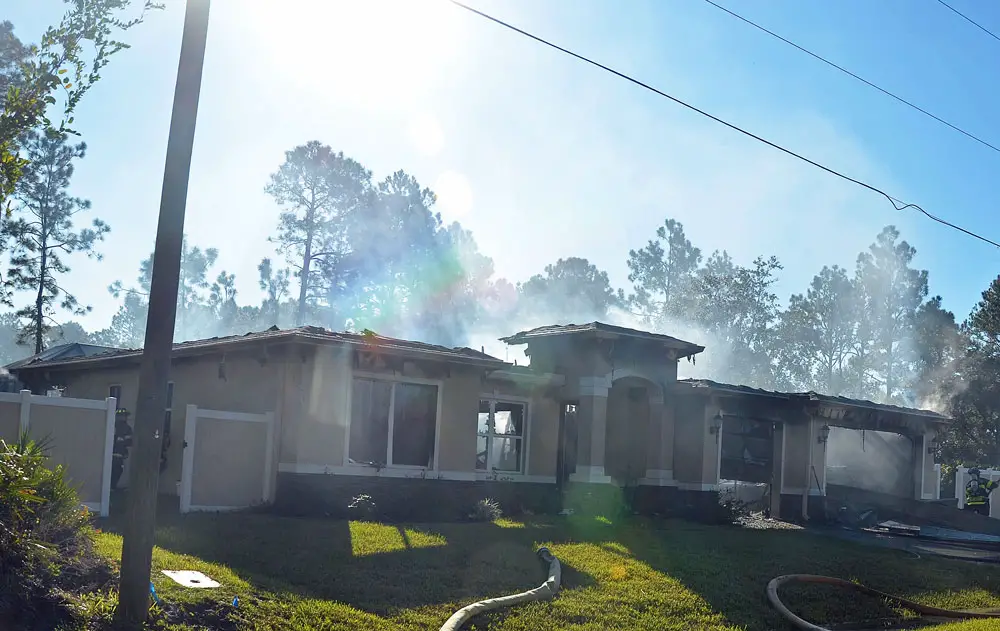
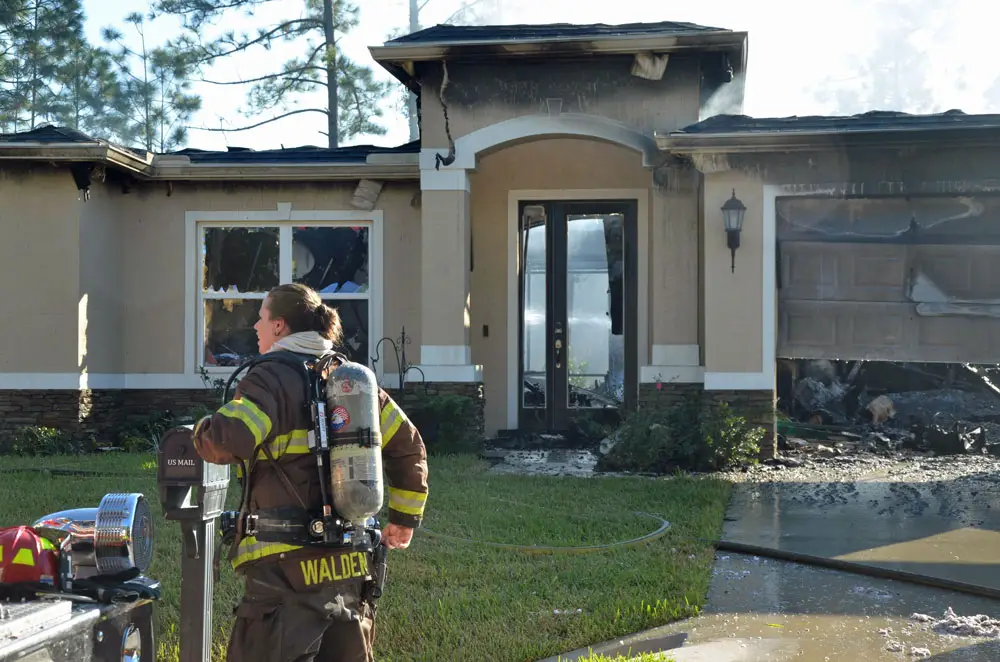
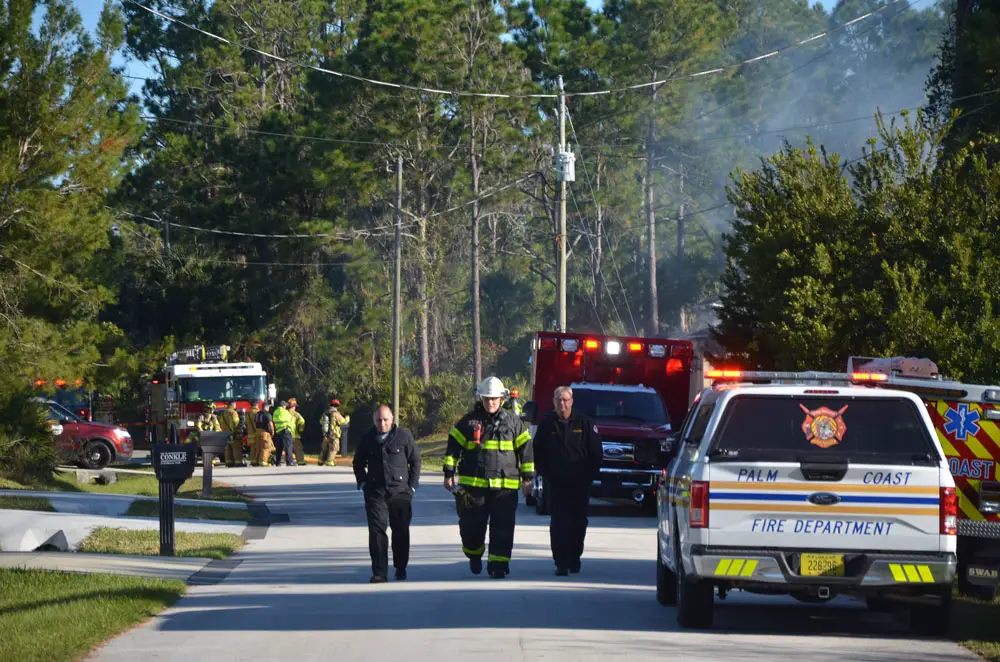





























Leave a Reply